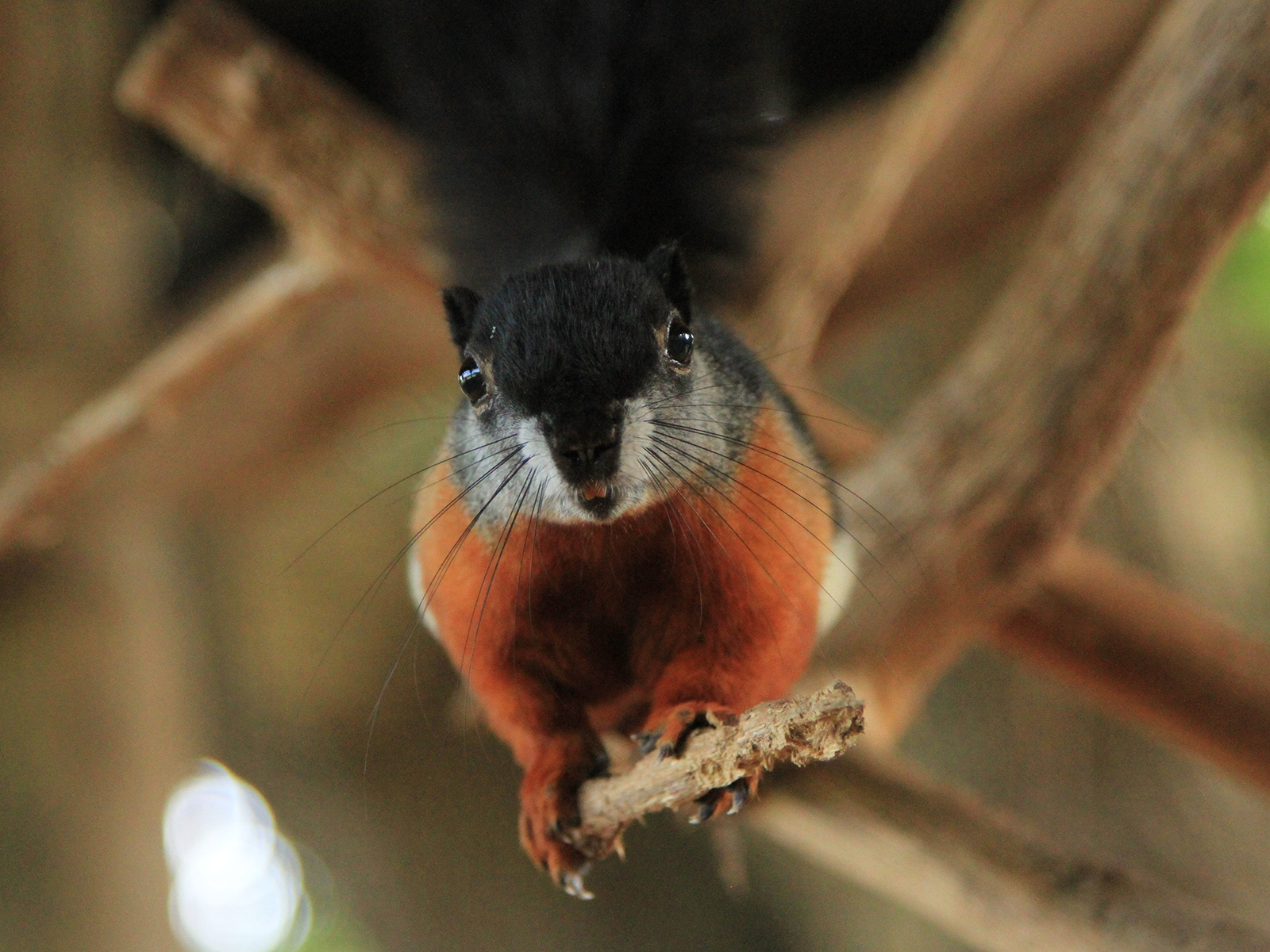Prevost's Squirrel
Callosciurus prevostii
Class
Mammalia
Order
Rodentia
Family
Sciuridae
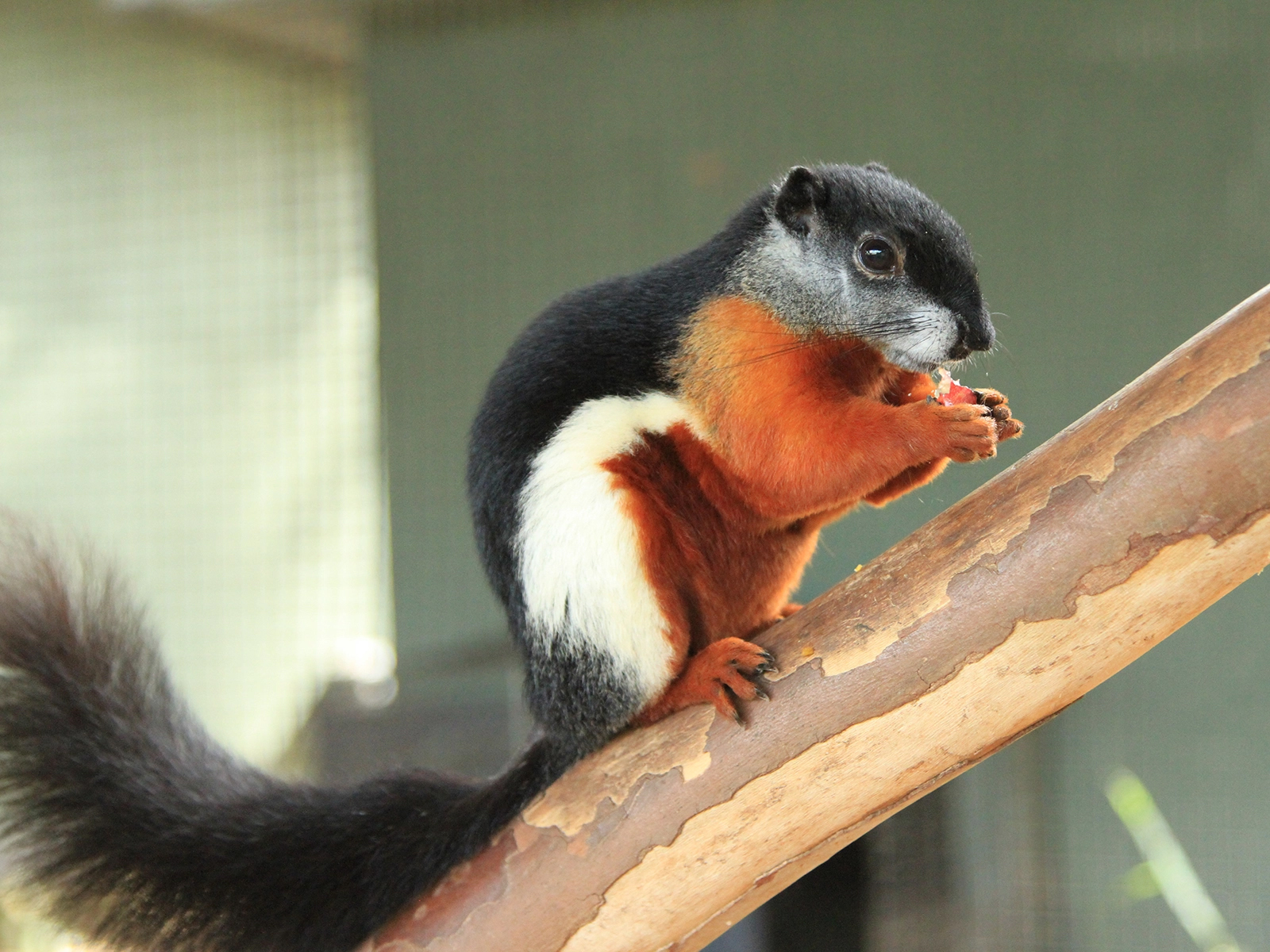
Mammalia
Rodentia
Sciuridae
Southeast Asia
Body Length: 5 - 11 in
Tail Length: 3 - 10 in
Weight: About 11 oz
Forests, cultivated areas, and gardens
Avg. 1 - 2
Gestation: About 5 weeks
Fruit, nuts, seeds, buds, flowers, insects, and bird eggs
Least Concern
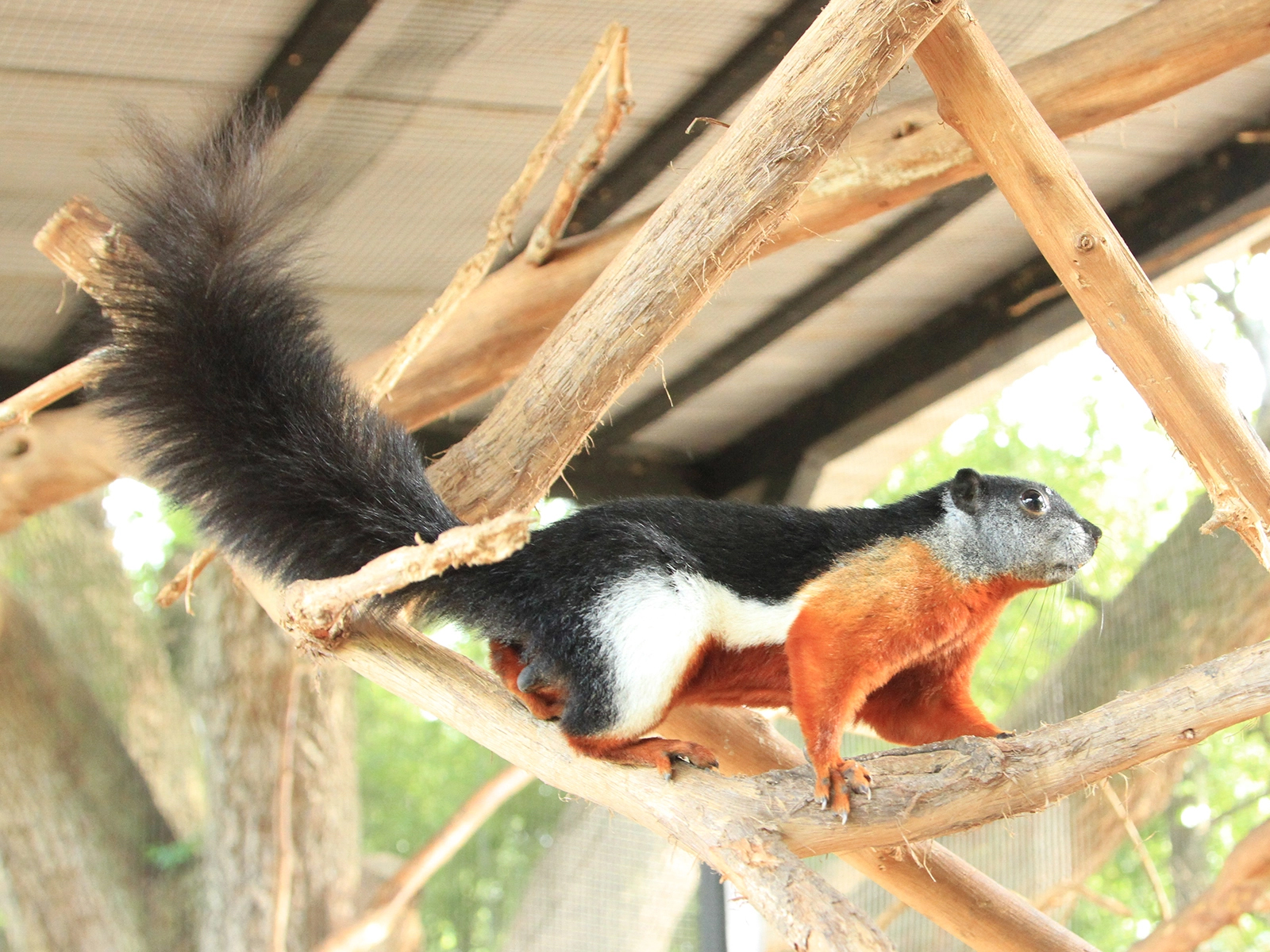
The Prevost's squirrel is crepuscular (mainly active at dusk and dawn) and arboreal (lives in trees). At night, they rest in tree hollows or on tree branches in nests built of leaves and twigs. They wrap their tails around them at night for warmth.
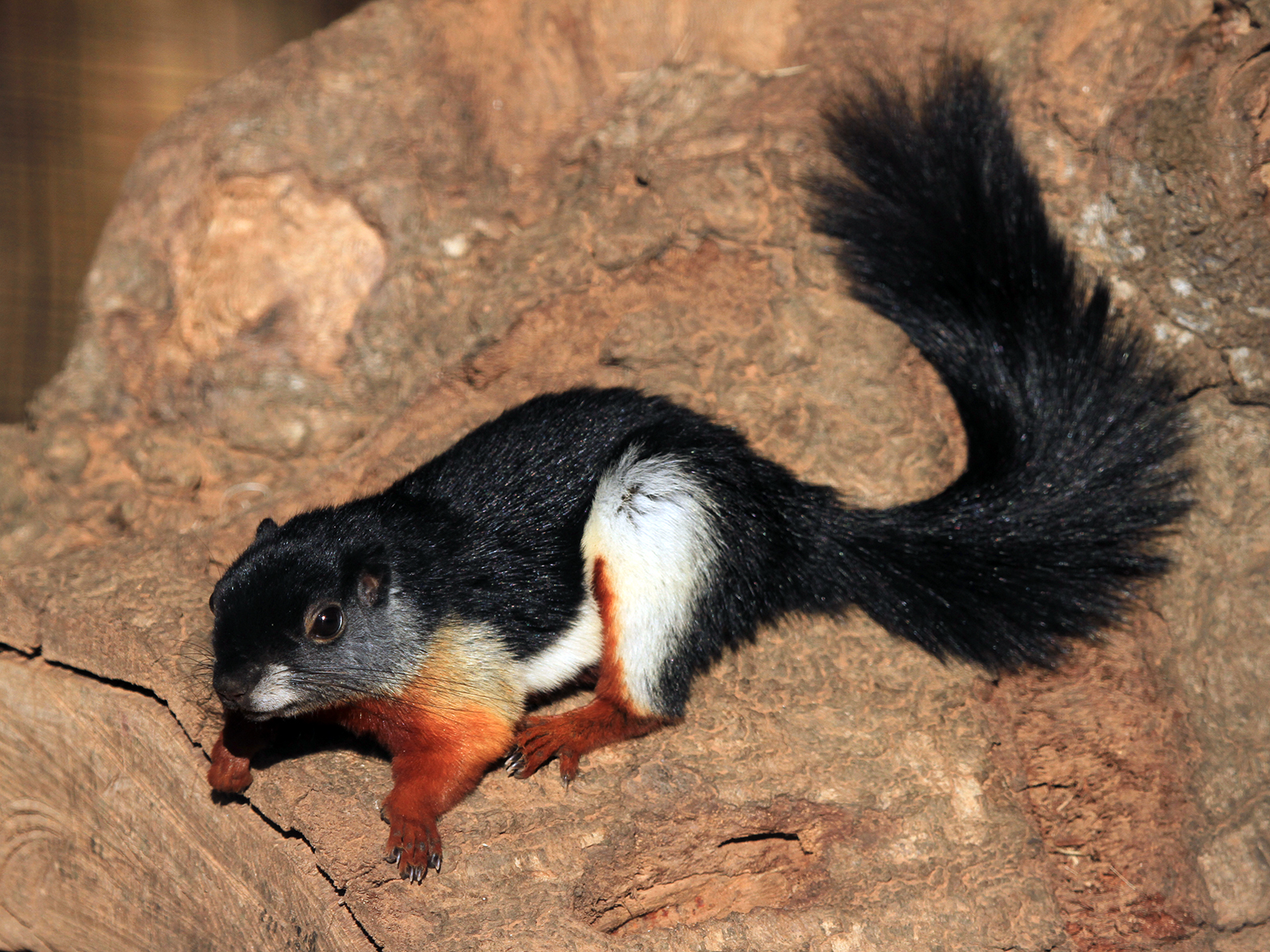
The agile, tree-dwelling Prevost's squirrels are exceptional climbers and jumpers. Their toes are well adapted with sharp claws for clinging to tree trunks. Their tails are not only used for balance when climbing and running, but they also act as a rudder, helping them steer while leaping between trees.
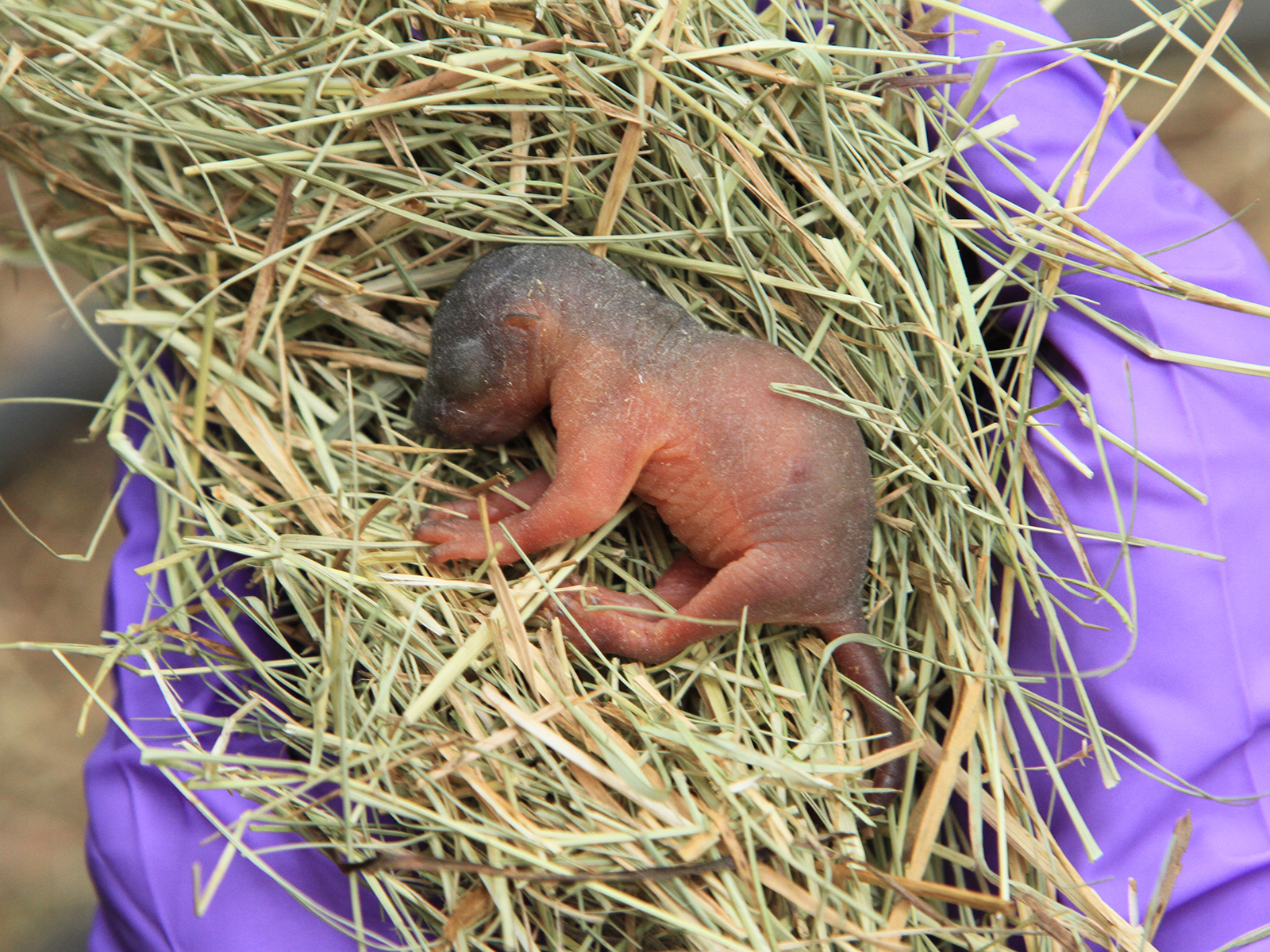
Females average 1 - 2 young after a 5 week gestation. Females may have up to 3 litters a year. Baby squirrels are born naked, toothless, and with their eyes shut. By the time they're six weeks old, they have a full coat of fur and are independent enough to leave the burrow.
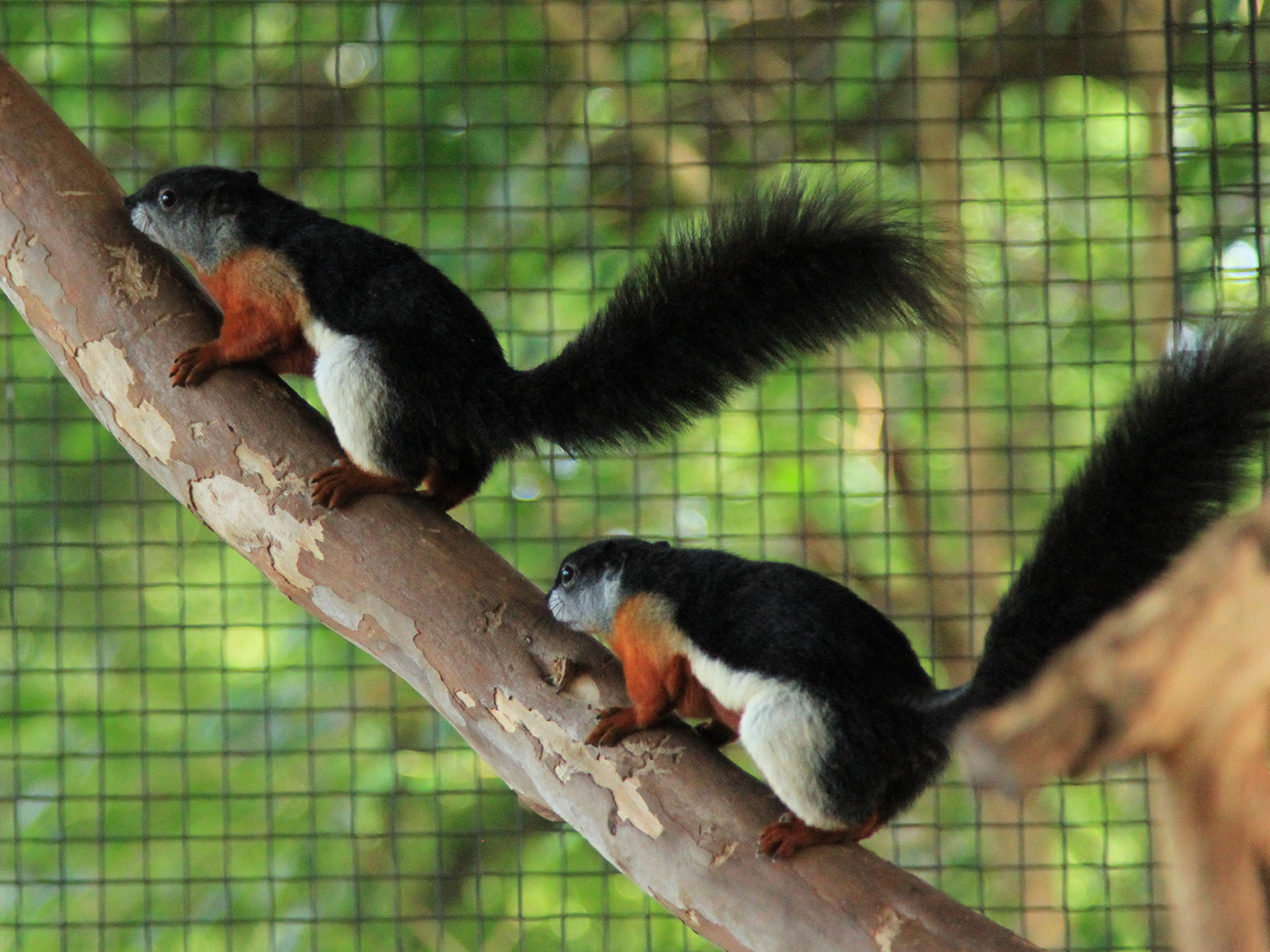
Research brands and products to ensure they don't contribute to the destruction of rainforests. Palm oil is used in many of the products on supermarket shelves, from margarine and chocolate to ice cream, soaps, cosmetics, and fuel for cars and power plants. Look for the Certified Sustainable Palm Oil logo to find products with palm oil that is certified sustainable.
Never Purchase Wild-Caught Animals. The demand for exotic pets drives the illegal wildlife trade. If you are considering an exotic pet, ensure it is from a reputable, legal breeder and never from the wild.
